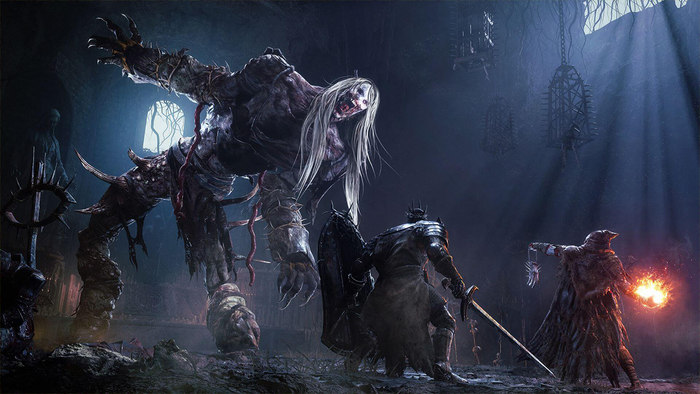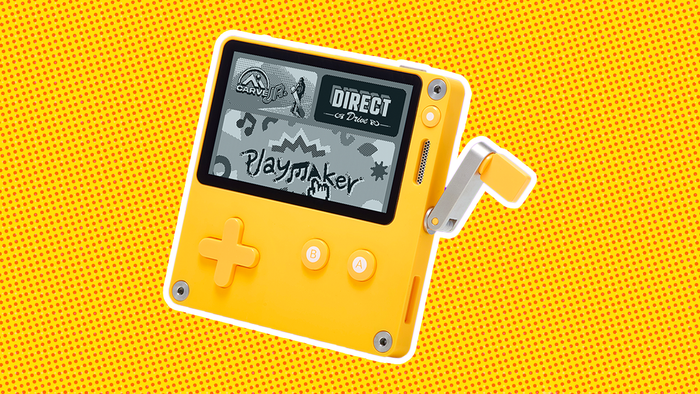Fullbright's Steve Gaynor and Nina Freeman discuss the level design of Tacoma and how different facets of design depended on each other during development.

"Going from Gone Home to Tacoma, we wanted to expand on what we did mechanically. We wanted to make the player more engaged through finding the story actively," Fullbright's Steve Gaynor explained today. To do that, they needed to start over from scratch.
With that message Gaynor and level designer Nina Freeman opened their talk at the Game Developers Conference this morning on how the level design of Tacoma encouraged players to discover the story through a non-linear format.
Tacoma was originally very similar to Fullbright's debut title Gone Home when it came to player progression. "We had a much more traditional progression style," he noted.
The traditional style he referenced involved players finding a key and using it to unlock a door in order to move forward. This was a trend for audio-diary based exploration, and it was something they were good at.
And so during the first half of development during Tacoma, the level design echoed the linear structure of the mansion from Gone Home.
There were established story beats that the player would follow through story breadcrumbs left behind in the environment, through which the narrative was pieced together.
Arranging the plot points in an order through which players would most likely encounter them ensured that the experience was player-focused, even when the level was telling a linear story.
The AR projections that the characters in Tacoma took the form of were used as vessels for audio-diaries, but that didn't feel right.
"As we were doing that, we realized it wasn't really different," Gaynor noted. "It wasn't something we hadn't done before.
"That version of the game showed us what we wanted to do, because it showed us what it wasn't doing," Gaynor admitted. "The fact that these AR characters fit in our stayed level design process showed they weren't having enough impact on the game. It didn't force us to design the game differently."
As a result, everything was essentially scrapped. There was a long to-do list for the level designers of Tacoma. The levels needed to be reshaped to embrace nonlinear, interconnected AR scenes, and they needed to be designed for those scenes.
The scenes needed to be longer, cover more areas, and they had to be different. This new approach forced the Fullbright team out of their traditional level design territory. So how did they build those new scenes?
That's where Freeman came in. "It was all a big learning experience. We started largely from scratch after we found mechanics we were inspired by."
Freeman's original paper maps for the layout of the Tacoma station was partitioned off into separate spaces, all isolated and closed off. After it was decided to change the way the story was told, her paper maps became more open to facilitate the new way the AR characters would interact with each other.
"We wanted to make sure there was a clear distinction of private and public spaces, give the nature of the space station," explained Freeman. A central communal hub was designed for the space station, which allowed scenes with AR conversations to naturally intersect and flow into each other.
Players could walk into a conversation that intersected and broke off in a natural way, and open interconnectedness worked because of this flow.
There were, of course, level design challenges when it came to trying to relay important narrative elements to a player while still wanting them to maintain a sense of ownership over the way they explored a scene.
AR desktops featured in the game were ignored by playtesters at first because they weren't aware that this piece of information was only available during a specific time and space during the game. The solution came in the form of guiding the player through hints on the timeline where they could pause, stop, or rewind time.
Not explicitly giving the players an in-world quest marker was a great solution, as it gave them an idea of the time and place where this event was happening, and they could go investigate it at their own time and do the exploration themselves.
In the end, there were lots of dependencies where different facets of design depended on each other. Once an animation was locked in, Freeman wouldn't be able to go in and re-arrange a scene in a level. The entire story of Tacoma could not be written until the levels were locked down.
Designers should consider the dependencies involved in creating a unified design as early as possible.
However, as Gaynor noted, the traditional isn't always bad. "Stuff that is traditional is worth relying on, even if it isn't the new exciting thing."
Read more about:
event gdcAbout the Author(s)
You May Also Like







